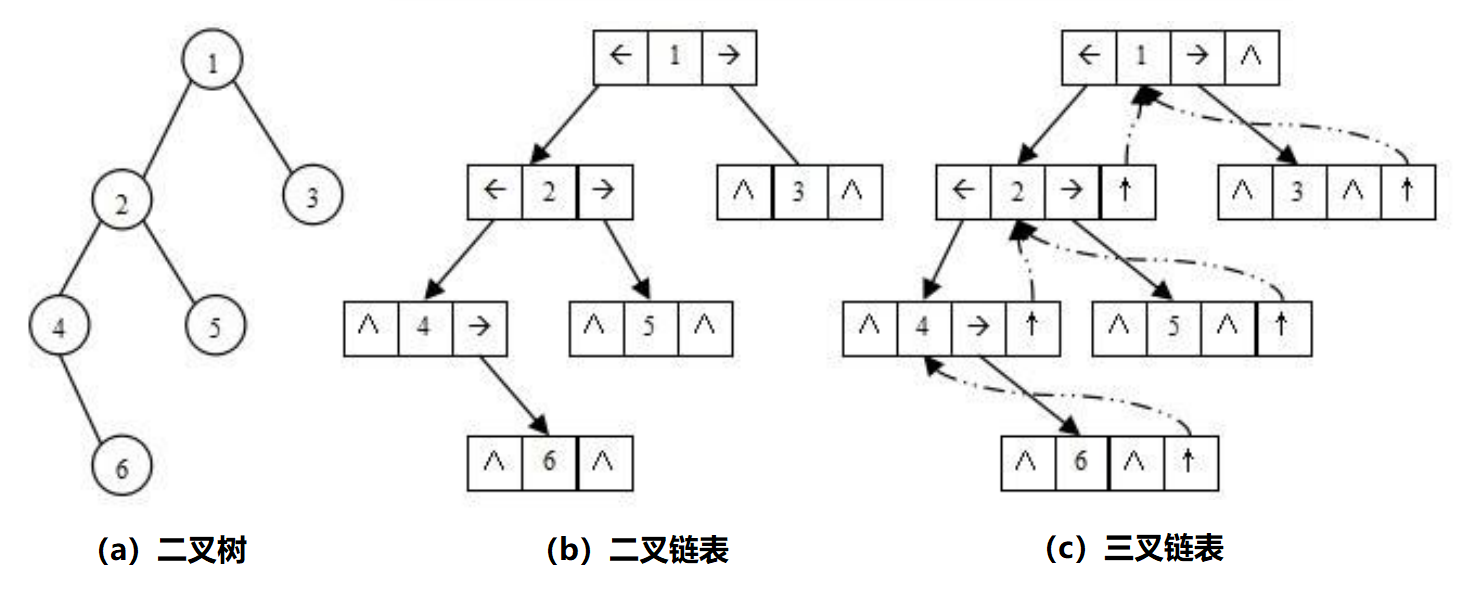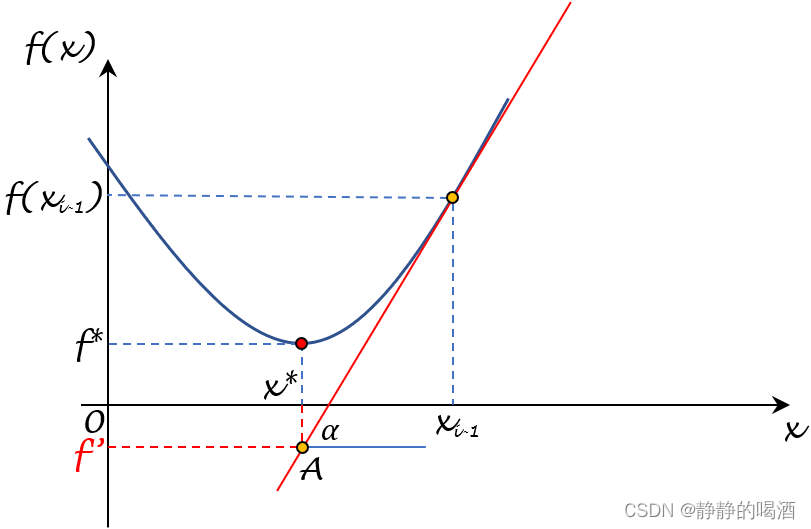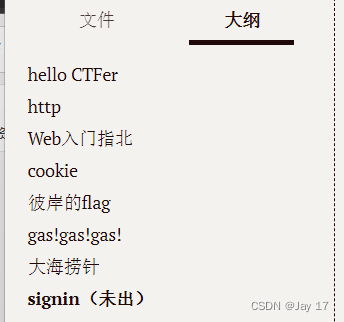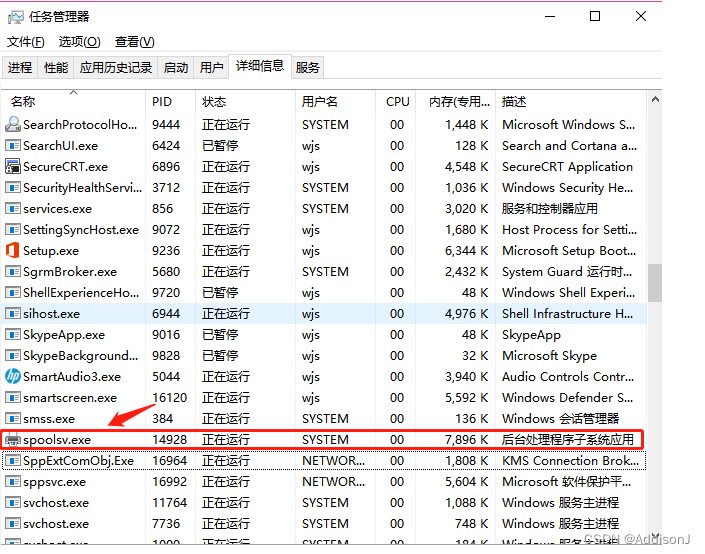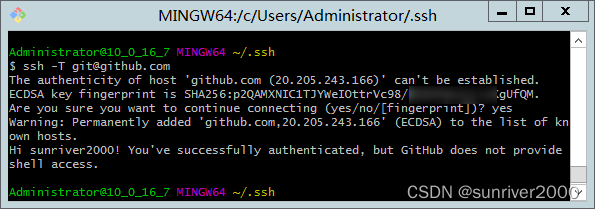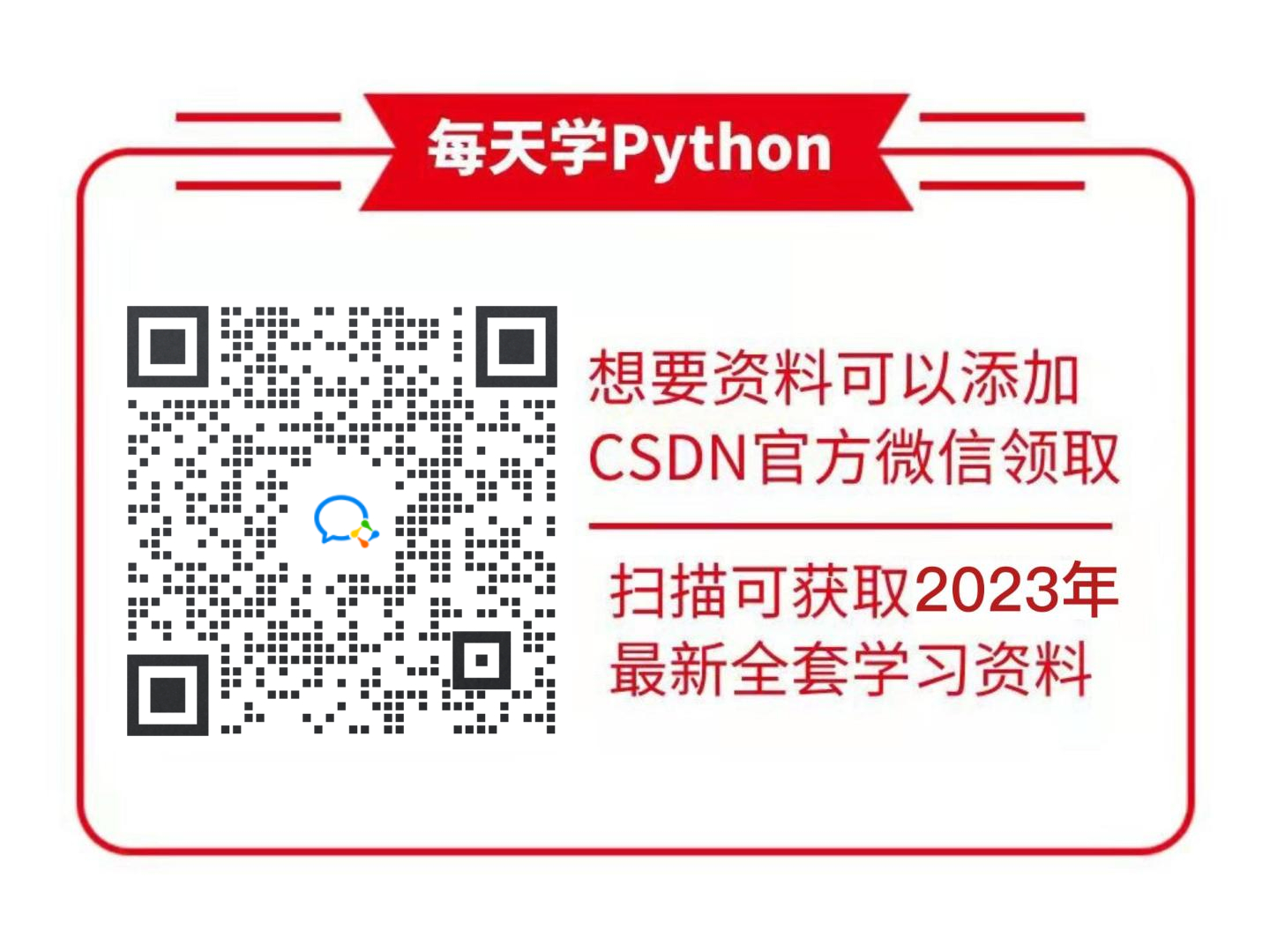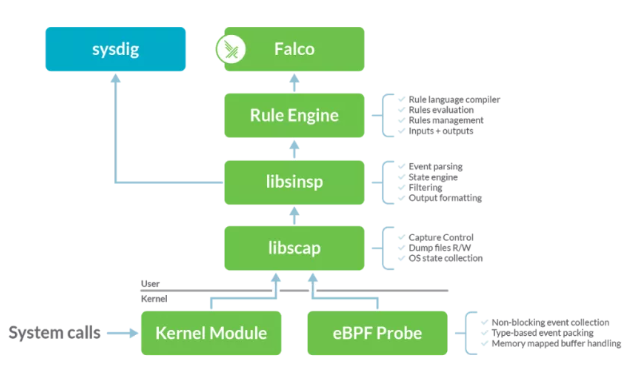2022年的实践为基础,2023年我再建一个组件库【ZUI】。步骤回顾:
2022年的npm组件包的发布删除教程_npm i @ant-design/pro-components 怎么删除_啥咕啦呛的博客-CSDN博客
1.在gitee上创建一个项目,相信你是会的
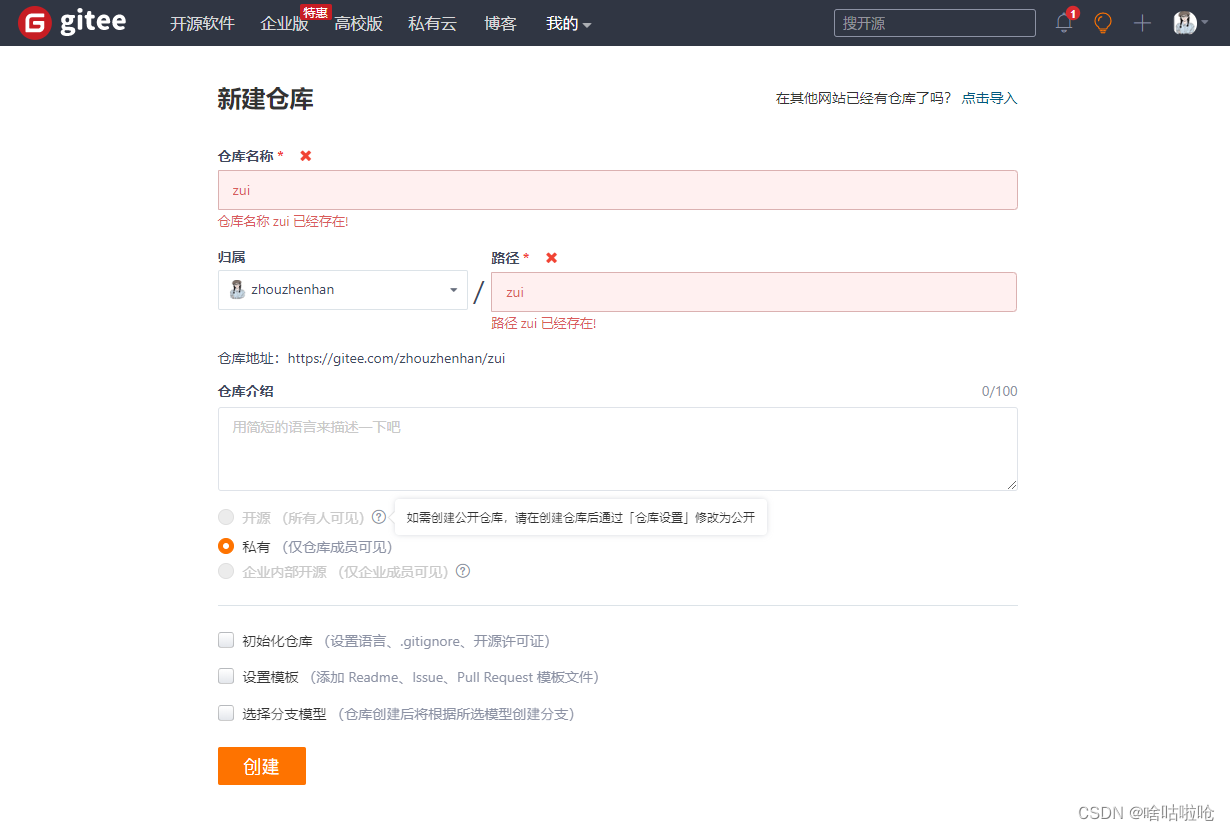
2.创建初始化项目,看吧,时隔一年坑来了,截图为证:
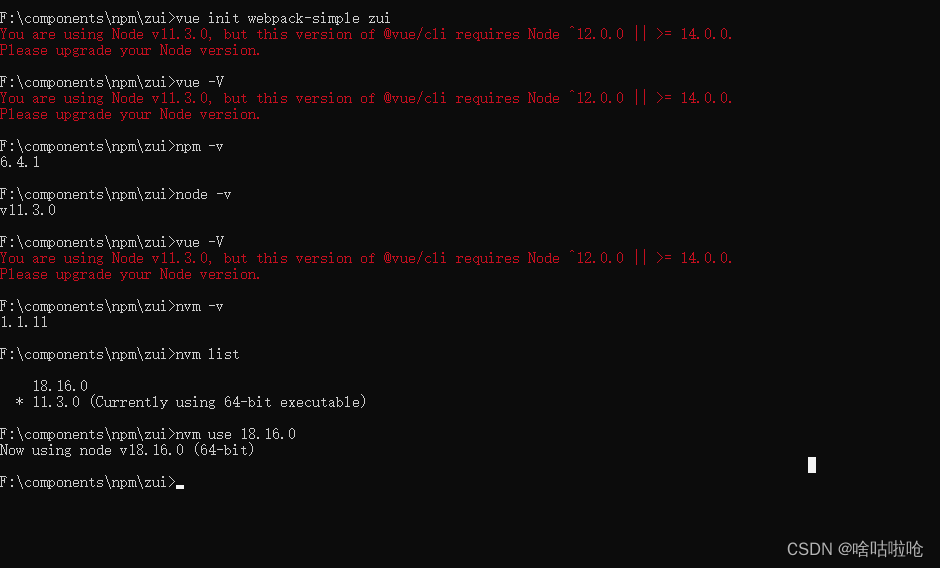
提示很明确,node版本低了,使用nvm切换一下,之前有说过,nvm的安装使用
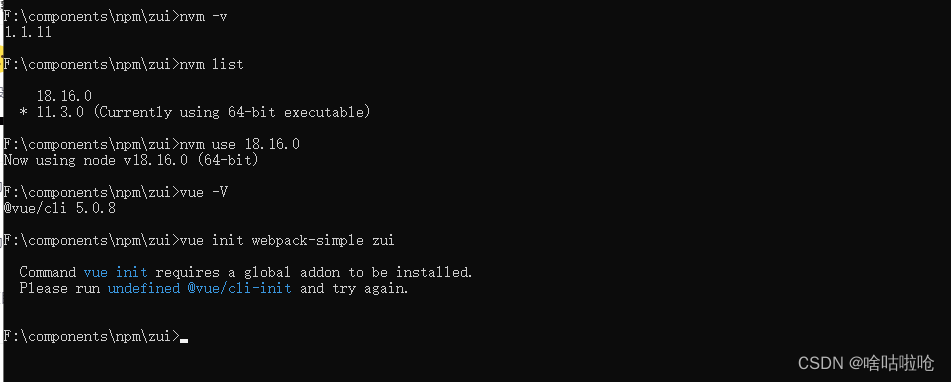
报错又来了
Command vue init requires a global addon to be installed.
Please run yarn global add @vue/cli-init and try again.解决方法:npm install -g @vue/cli-init
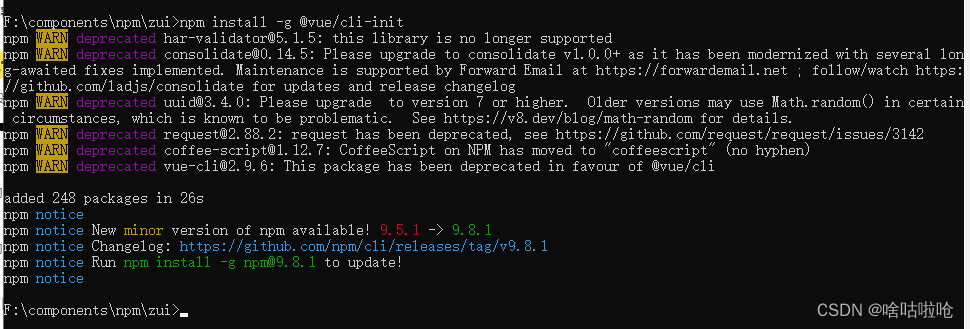
额,算了自己初始化项目吧:
1.新建文件夹src及基础内容:

建文件夹assrts放图片资源,
放入图片zui.svg

建components放组件文件库,
在componets文件夹里新增一个zTag.vue文件,内容如下:
<script>
export default {
name: "zTag",
props:{
text:{
type: String,
default: 'Tag'
},
color:{
type: String,
default: '#1676FF'
},
bgColor:{
type: String,
default: '#e8f1ff'
},
borColor:{
type: String,
default: '#d0e4ff'
},
},
render(h) {
const { color, bgColor, borColor } = this;
const classes = ['z-tag',];
return h('span',{
'class': classes,
'style': { backgroundColor: bgColor,color: color,borderColor: borColor },
domProps: {
innerHTML: this.$slots.default[0].text
},
})
}
}
</script>
<style scoped>
.z-tag{
background-color: #e8f1ff;
border-color: #d0e4ff;
display: inline-block;
height: 32px;
padding: 0 10px;
line-height: 30px;
font-size: 12px;
color: #1676FF;
border-width: 1px;
border-style: solid;
border-radius: 4px;
box-sizing: border-box;
white-space: nowrap;
}
</style>
建App.vue内容如下:
<template>
<div id="app">
<img src="./assets/zui.svg" width="200px">
<z-tag color="#E02020" bg-color="#e0202026" bor-color="#e0202033">标签</z-tag>
</div>
</template>
<script>
import zTag from './components/zTag'
export default {
name: 'app',
components: {
zTag,
},
data () {
return {
}
}
}
</script>
<style>
#app{
text-align: center;
}
</style>
建index.js文件内容如下:
import zTag from './components/zTag'
const components = [
zTag,
]
const install = function (Vue) {
if (install.installed) return
// 遍历注册全局组件
components.map(component => Vue.component(component.name, component))
// 这一步判断window.Vue是否存在,因为直接引用vue.min.js, 它会把Vue绑到Window上,我们直接引用打包好的js才能正常跑起来。
if (typeof window !== 'undefined' && window.Vue) {
install(window.Vue)
}
}
export default install建main.js内容如下:
import Vue from 'vue'
import App from './App.vue'
import zTag from '../src/components/zTag'
const components = [
zTag,
]
const install = function (Vue) {
if (install.installed) return
// 遍历注册全局组件
components.map(component => Vue.component(component.name, component))
// 这一步判断window.Vue是否存在,因为直接引用vue.min.js, 它会把Vue绑到Window上,我们直接引用打包好的js才能正常跑起来。
if (typeof window !== 'undefined' && window.Vue) {
install(window.Vue)
}
}
new Vue({
el: '#app',
render: h => h(App)
})
export default install;
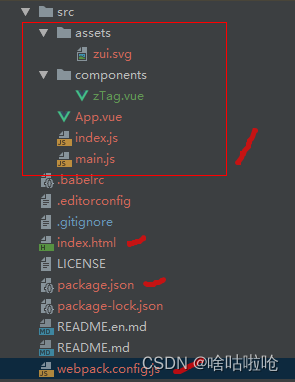
2.新建index.html
<!DOCTYPE html>
<html lang="en">
<head>
<meta charset="utf-8">
<title>zui</title>
</head>
<body>
<div id="app"></div>
<script src="/dist/zui.js"></script>
</body>
</html>
3.新建package.json
{
"name": "zui-vue2",
"description": "vue2.0 components",
"version": "0.0.1",
"author": "zhouzhenhan <1659725767@qq.com>",
"license": "MIT",
"private": false,
"main": "dist/zui.js",
"scripts": {
"dev": "cross-env NODE_ENV=development webpack-dev-server --open --hot",
"build": "cross-env NODE_ENV=production webpack --progress --hide-modules"
},
"dependencies": {
"vue": "^2.5.11"
},
"browserslist": [
"> 1%",
"last 2 versions",
"not ie <= 8"
],
"devDependencies": {
"babel-core": "^6.26.0",
"babel-loader": "^7.1.2",
"babel-preset-env": "^1.6.0",
"babel-preset-stage-3": "^6.24.1",
"cross-env": "^5.0.5",
"css-loader": "^0.28.7",
"file-loader": "^1.1.4",
"vue-loader": "^13.0.5",
"vue-template-compiler": "^2.4.4",
"webpack": "^3.6.0",
"webpack-dev-server": "^2.9.1"
}
}
4.新建webpack.config.js
var path = require("path");
var webpack = require("webpack");
const NODE_ENV = process.env.NODE_ENV;
module.exports = {
entry: NODE_ENV==='development'?"./src/main.js":"./src/index.js" ,
output: {
path: path.resolve(__dirname, "./dist"),
publicPath: "/dist/",
filename: "zui.js", // npm run build生成的文件名
library: "zui", // 指定的就是你使用require时的模块名
libraryTarget: "umd", // 指定输出格式
// umdNamedDefine: true // 会对 UMD 的构建过程中的 AMD 模块进行命名。否则就使用匿名的 define
},
module: {
rules: [
{
test: /\.css$/,
use: ["vue-style-loader", "css-loader"]
},
{
test: /\.vue$/,
loader: "vue-loader",
options: {
loaders: {
less: ["vue-style-loader", "css-loader", "less-loader"]
}
}
},
{
test: /\.less$/,
use: ["vue-style-loader", "css-loader", "less-loader"]
},
{
test: /\.js$/,
loader: "babel-loader",
exclude: /node_modules/
},
{
test: /\.(png|jpg|gif|svg)$/,
loader: "file-loader",
options: {
name: "[name].[ext]?[hash]"
}
}
]
},
resolve: {
alias: {
vue$: "vue/dist/vue.esm.js"
},
extensions: ["*", ".js", ".vue", ".json"]
},
devServer: {
historyApiFallback: true,
noInfo: true,
overlay: true
},
performance: {
hints: false
},
};
if (process.env.NODE_ENV === "production") {
module.exports.plugins = (module.exports.plugins || []).concat([
new webpack.DefinePlugin({
"process.env": {
NODE_ENV: '"production"'
}
}),
new webpack.optimize.UglifyJsPlugin({
sourceMap: false,
compress: {
warnings: false
}
}),
new webpack.LoaderOptionsPlugin({
minimize: true
})
]);
}
然后npm install,npm run dev ,npm run build.
看到运行后显示如下,代表成功了:

3.发布组件库
npm whoami 查看是否有npm登录
npm login 登录
输入name,输入passwod,然后输入邮箱,后续升级版本邮件都会有通知,最后输入邮箱的一次性密码。
登录成功后,就可以npm publish --otp=XXXXXX
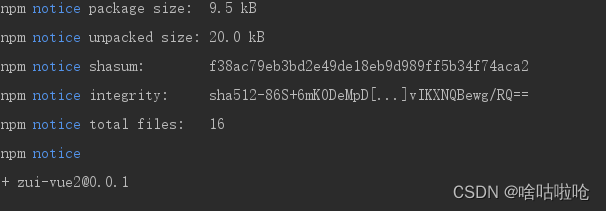
可以看到发布成功!~


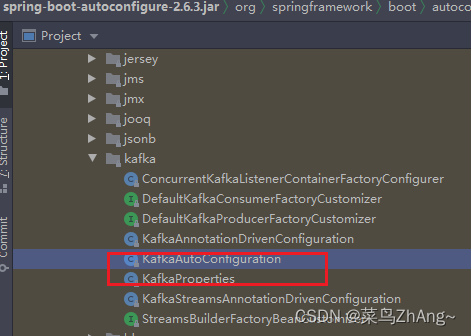

![P8642 [蓝桥杯 2016 国 AC] 路径之谜](https://img-blog.csdnimg.cn/img_convert/31b7fd971c53a0987ee2e5e8bd5b423d.png)


